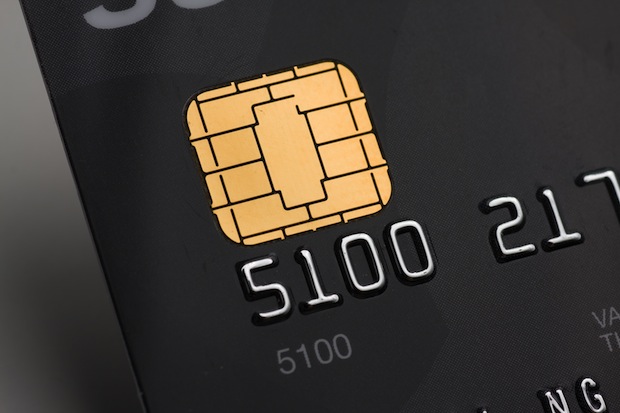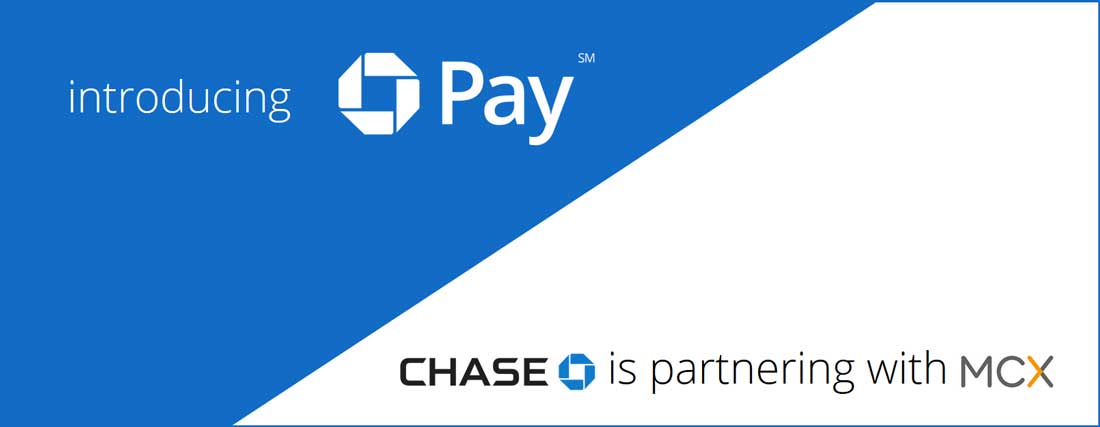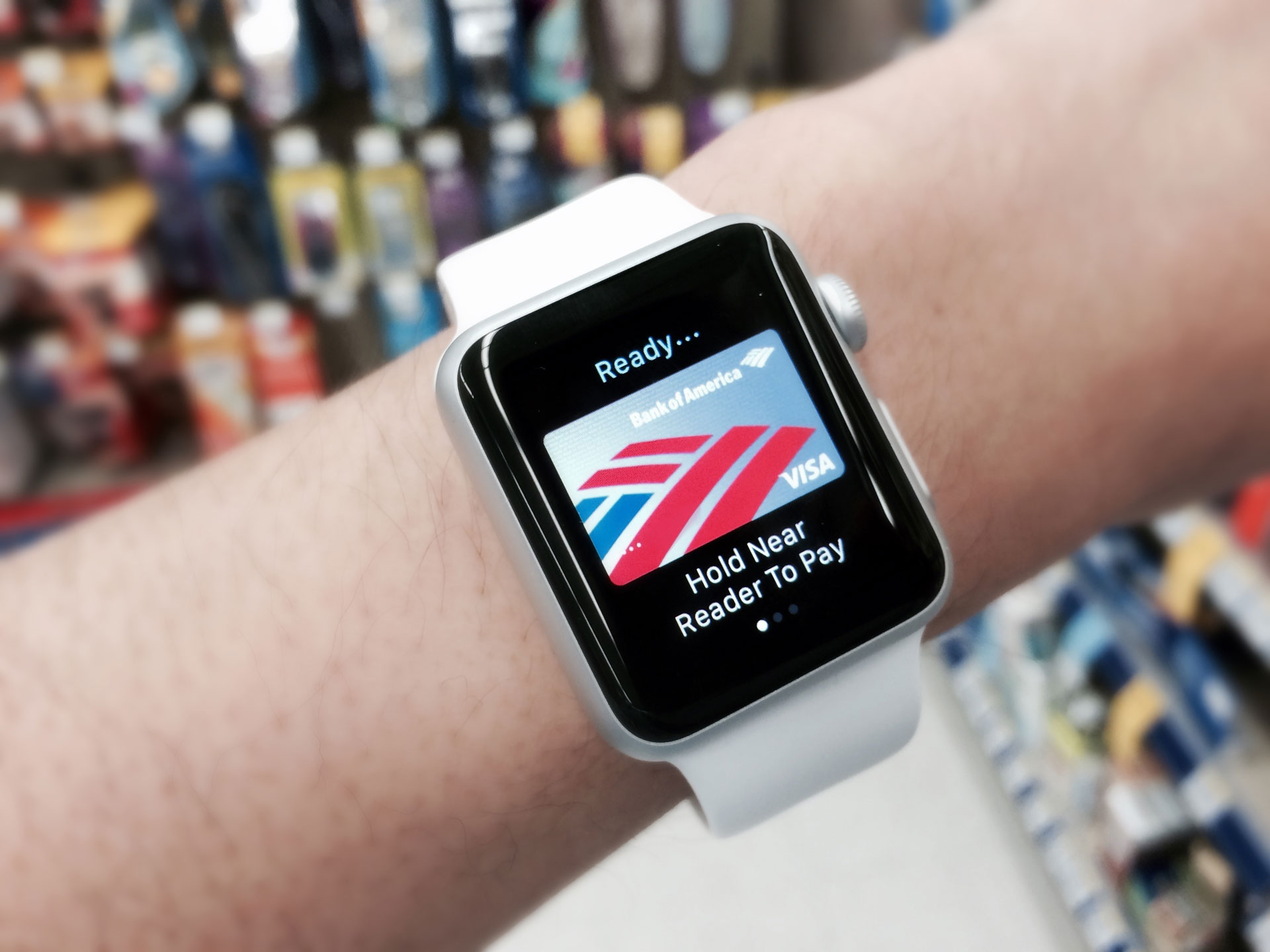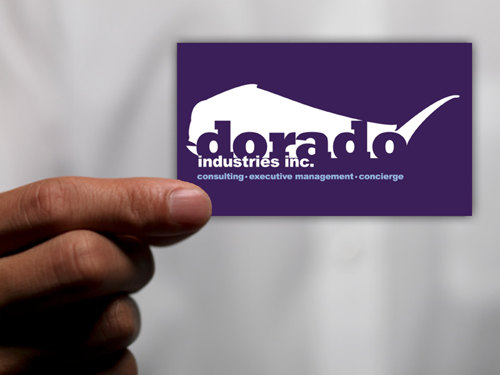A lot of discussion has been going on about EMV in the U.S. And, much like any payments related product or technology, it relies on someone making the first move. Wal-Mart has decided to be that instigator with its EMV terminal adoption.
Jamie Henry, Wal-Mart’s director of payment services discussed their position at the Smart Card Alliance conference in Scottsdale, AZ:
“As far as we are concerned, signature is a waste of time. It has to be PIN or nothing,” , told attendees of a panel discussion held Wednesday at a Smart Card Alliance event in Scottsdale, Ariz. “Wal-Mart’s POS hardware is 100 percent Chip-and-PIN capable. Our hardware is in place. We are working on implementing it in the U.S. It’s time for Chip-and-PIN in the U.S. Let’s get a roadmap and move it forward here in the United States.”
But without cards, what does this mean? Why is Wal-Mart professing this?
I believe that a significantly large part is truly about trying to be a catalyst in the payments industry. I give them a lot of credit for that. But the business case is questionable.
Unless the Card Associations and EFT Networks are going to reduce Interchange for EMV transactions, how does this fund itself? Reduced fraud? I realize the scale that Wal-Mart may make that inherently a large number, but so is outfitting 100% of your terminals to accept EMV. Fraud in the U.S. for PIN Debit is amazingly low. The communication infrastructure has ensured that.
So is it about speed through the line – a cost often held up as a the poster child for chip? It must not be, because when addressing the contactless issue, Jamie Henry admits:
“A business case hasn’t been made yet to make [contactless] interesting to us,” he said. “When the business model is right, we are more than willing to move forward.”
They did discuss conversion of Signature Debit to EMV – which, granted costs them a lot of money. But that relies on the cards. No Issuer is easily going to give up that revenue stream, no matter how technologically superior the product.
Might this be because of Wal-Mart’s ability to issue EMV cards themselves, loading a Wal-Mart application on the chip that will circumvent the networks while being used at Wal-Mart while having a default application on the chip that can be used outside of Wal-Mart and reap the benefits of Interchange from that?
Now we might be getting warmer…












[…] This post was mentioned on Twitter by Benton Consulting, Benton Consulting. Benton Consulting said: @payments101 There are many reason for Wal-Mart to drive this, but some may be far more strategic. Read: http://bit.ly/cGoz9f […]